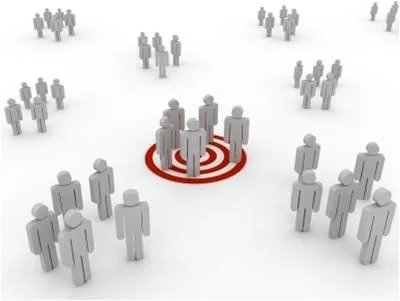The old way of working — setting a goal, making a plan, assigning responsibilities, and working through steps to track progress until the goal is achieved — may not be the path to success anymore, especially if your goal is to be innovative.
In this Harvard Business Review article, the authors interviewed Bill Coughran, senior vice president of engineering at Google (2003-2011), and Luca de Meo, chief marketing officer at Volkswagen, and asked them how they led their teams to be the continuously-innovative and agile ones they needed them to be.
In both cases, these leaders decided not to "set a vision and motivate others to follow it." Instead, they decided to be successful, they would need to orchestrate and nurture cross-functional communities whose culture it was to effectively collaborate to generate new ideas.
In the case of Volkswagen, leaders identified three specific capabilities of these communities:
- Creative Abrasion: Not easy. The teams needed to be able to generate ideas through discourse and debate while also feeling the mutual trust and respect of their peers — peers at every level.
- Creative Agility: They also needed the capability to test and experiment through, "quick pursuit, reflection and adjustment."
- Creative Resolution: This required that the teams have the "ability to make integrative decisions that combine disparate or even opposing ideas."
For these three capabilities to work, the teams would have to agree upon, "purpose, shared values and rules of engagement."
Read more about these examples of practical ways to lead teams that have to be continuously innovative.
Download the full article below.




